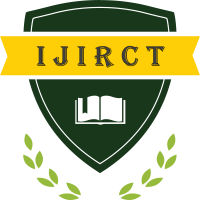Smart Personal Assistance and Communication Robot
Author(s): Veena P.N., Lohit Banakar
Publication #: 1503020
Date of Publication: 29.12.2015
Country: India
Pages: 379-388
Published In: Volume 1 Issue 3 December-2015
Abstract
Communication robot: It usually refers to a robot whose shape is close to that of humans. Its definition varies according to researchers, ranging from a dual-arm upper-body robot to a biped walker. In this chapter, an actuated human-size biped robot with arms and a head, designed to achieve some human capability is considered as a humanoid robot. Robotics is an emerging field of science during which robots are fabricated and programmed to try to varied tasks. In those robots, Humanoid robots are the well sophisticated robots that perform tasks almost like humans and interact with them. The critical introduces the event of Humanoid robots is to style it effectively. The project deals with designing the humanoid robot then fabricating it using rubbish parts. The planning replicates that of the citizenry. I decided to form this project because it was very challenging. A user can control the robot using an Android interface and every part of the robot is often moved independently around during a remote location. Providing motor position change during a system and automatic controlling of the info from the measuring system reduces process time and reduce the loss of labour. The software helps to develop the complex sequences in real-time on the hardware . It also generates Arduino based code for the developed sequence which may be deployed on the controller board there by making the robot autonomous. Further development within the Humanoid robot is often carried on by attaching various sensors to the Humanoid robot to extend its degree of automaticity. Further one can integrate the artificially intelligent brain so that it can make decisions on its own.
Keywords: Robot, Arduino Uno, Raspberry Pi, Bluetooth
Download/View Count: 302
Share this Article
